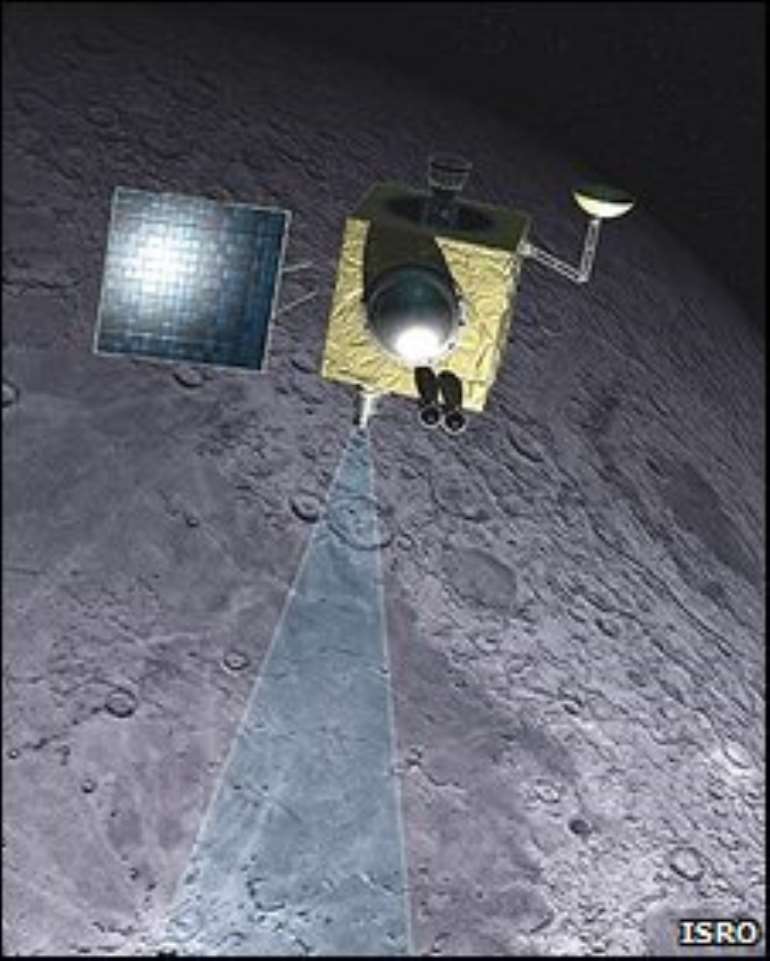ICE DEPOSITS FOUND AT MOON’S POLE

nerPostTitle">ICE DEPOSITS FOUND AT MOON'S POLE Written by furtune Science & Technology http://www.nigerianbestforum.com/blog/?author=25 http://www.nigerianbestforum.com/blog/?cat=98 Mar 2, 2010
Ice deposits found at Moon's pole
By Paul Rincon
Science reporter, BBC News, The Woodlands, Texas
http://www.nigerianbestforum.com/blog/wp-content/uploads/2010/03/46435299_chyaan1-2_l.jpg A radar experiment aboard India's Chandrayaan-1 lunar spacecraft has identified thick deposits of water-ice near the Moon's north pole.
The US space agency's (Nasa) Mini-Sar experiment found more than 40 small craters containing water-ice.
But other compounds – such as hydrocarbons – are mixed up in lunar ice, according to new results from another Moon mission called LCROSS.
The findings were presented at a major planetary science conference in Texas.
The craters with ice range from 2km to 15km (one to nine miles) in diameter; how much there is depends on its thickness in each crater. But Nasa says the ice must be at least a couple of metres thick to give the signature seen by Chandrayaan-1.
Dr Paul Spudis, from the Lunar and Planetary Institute in Houston, estimated there was at least 600 million metric tonnes of water-ice held within these impact craters.
The equivalent amount, expressed as rocket fuel, would be enough to launch one space shuttle per day for 2,200 years, he told journalists at the 41st Lunar and Planetary Science Conference.
What all these craters have in common are large areas of their interiors that never see sunlight.
Extreme cold
Temperatures in some of these permanently darkened craters can drop as low as 25 Kelvin (-248C; -415F) – colder than the surface of Pluto – allowing water-ice to remain stable.
“It is mostly pure water-ice,” said Dr Spudis. “It could be under a few tens of centimetres of dry regolith (lunar soil).”
This protective layer of soil could prevent blocks of pure ice from vaporising even in some areas which are exposed to sunlight, he explained.
